The Great Backyard Bird Count
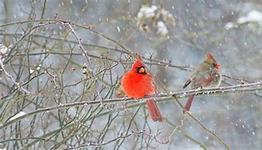 A cardinal pair
A cardinal pair The Backyard Bird Count (GBBC) is one of the over a thousand “Citizen Science” projects that encourage their amateurs (non-professional scientists) to participate in scientific research. With the advent of our new digital technologies, scientists in virtually every discipline you can imagine, have come to realize that they can tap into the interests of people all over the world to help them solve problems and advance science.
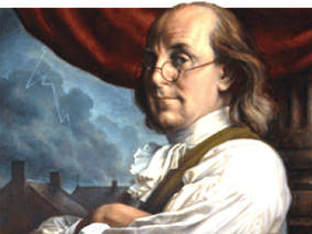 Benjamin Franklin
Benjamin Franklin The word “Citizen Scientist” was used for the first time in mid-1990s by Rick Bonney, who used scientific data collected by amateur birdwatchers. “Citizen Science” is a buzzword, but actually has been practiced for a long time and back in the day, it was called “gentleman scientists”. Think of Isaac Newton, Benjamin Franklin, and Charles Darwin. Their experiments and observations were all self-funded and not part of any university science department. Indeed, most scientific advancement was made by wealthy gentleman amateurs, who had the time, interest and money to pursue their curiosities. It wasn’t really until the 20th century that governments took over the labs in a large way. In recent years, some philosophers called for going back to nature-loving amateurs, who could collect valuable scientific data. Citizen scientists now partner with professional scientists and reach goals that would otherwise be too expensive or time consuming to achieve.

Here are a few of their projects which I find quite amazing:
Brooklyn Atlantis- looking at water quality, pollution, wildlife and robotics;
Digital Access to a Sky Century- an astronomy project;
Galaxy Zoo- astronomy;
Monitoring Day- sample local bodies of water for quality;
Collaborative Rain, Hail, and Snow Network- helping in weather forecasting;
Measure Night-Sky Brightness- documenting light pollution.
If you are interested to get the full list please go to http://citizenscience.org/, or you can peruse over 1200 projects at Scistarter at https://scistarter.com/.
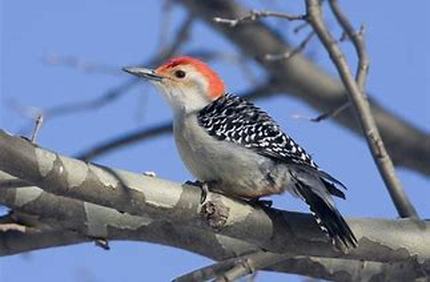 Woodpecker
Woodpecker
How does it work? First you go to http://gbbc.birdcount.org/ and scroll down to “How to Participate” and just continue.
They also give you a GBBC Toolkit with Instructions, Bird Lists, Online Guides & Tricky Bird, and an eBird Mobile App. You can also participate in a Photo Contest and see photos of last year’s winners.
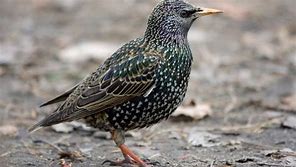 European Starling
European Starling When you go to last year’s summary you realize how big the project is: GBBC received 181,609 checklists; 6,259 species were observed and 29,589,903 individual birds were counted. You might be also surprised to learn that nearly 5 million snow geese and 2.4 million red-winged blackbirds were counted. I could not believe that the European Starling (an invasive species) is by far more numerous than the American Crow!
Become a citizen scientist and be part of one of the thousands of projects that will interest you.
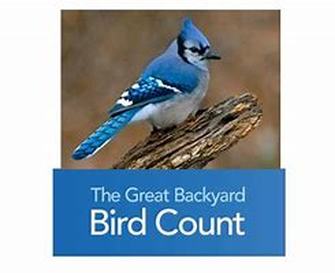
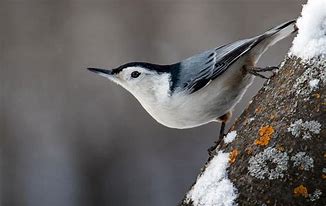
 RSS Feed
RSS Feed